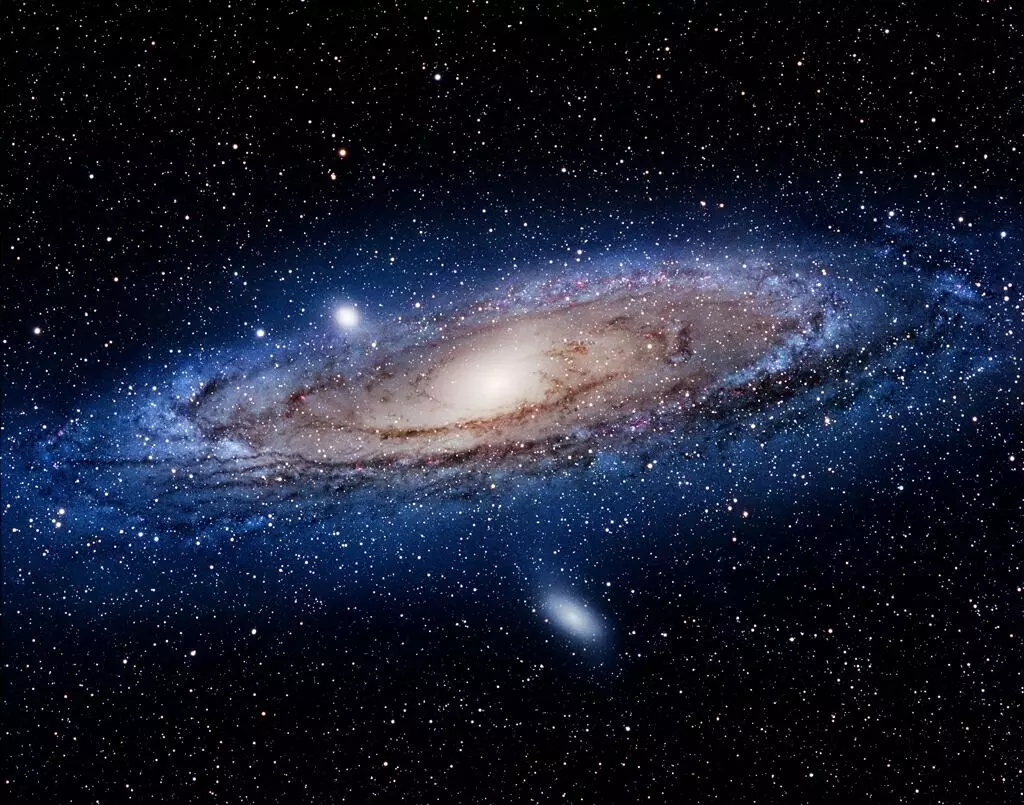
New study provides insights into the birth of the solar system
text_fieldsThough the circumstances of the early days of the solar system are not yet crystal clear, a region of active star formation in the constellation Ophiuchus is giving astronomers new insights into the birth of our own solar system.
The new study has given some hints to how our solar system may have become enriched with short-lived radioactive elements. Astronomers think these radioactive elements could have been blown onto the nascent solar system by a nearby exploding star or by the strong stellar winds from a type of massive star.
The Ophiuchus cloud complex has many dense protostellar cores in various stages of star formation and protoplanetary disk development, which represents the early stages of a planetary system's formation.
First author John Forbes at the Flatiron Institute's Center for Computational Astrophysics said that the observations are challenging and the best data about a two star-forming region is from the Ophiuchus complex.
Scientists used multi-wavelength observations of the Ophiuchus star-forming region to reveal the interactions between the clouds of star-forming gas and radionuclides produced in a nearby cluster of young stars. New findings suggest that supernovas in the star cluster are the most likely source of short-lived radionuclides in the star-forming clouds, reported ANI.
Scientists have been finding small evidences of this process from meteorites since the 1970s. There have been discoveries of decay products of short-lived radionuclides from the infant solar system.
Co-author of the study and professor emeritus of astronomy and astrophysics at UC Santa Cruz, Douglas NC Lin said that our solar system was most likely formed in a giant molecular cloud together with a young stellar cluster. And one or more supernova events from some massive stars contaminated the gas which turned into the sun and its planetary system.
The findings are published in the journal Nature Astronomy.























